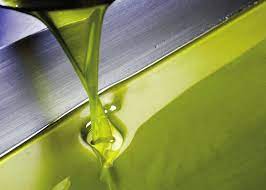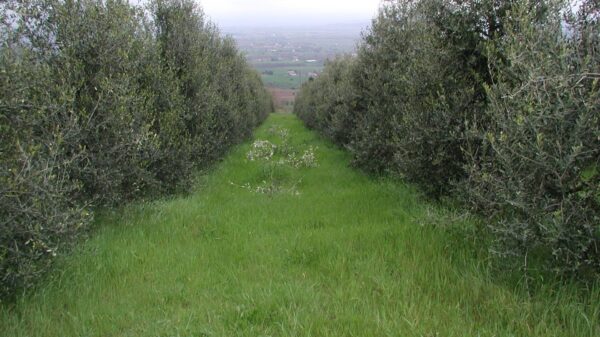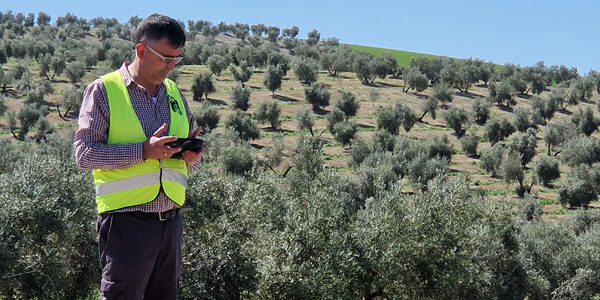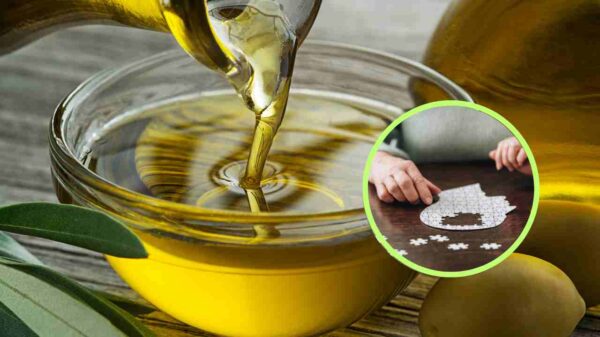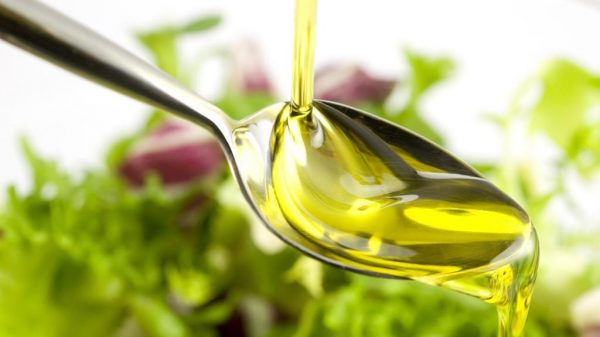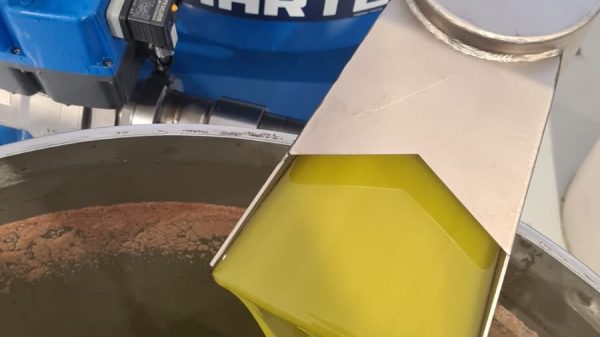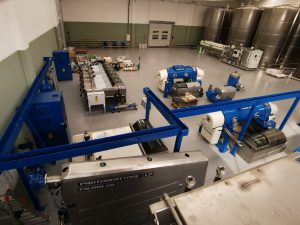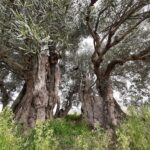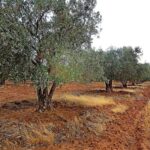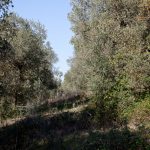The quality of reproductive organs it is a decisive requirement to guarantee the good production capacity of the olive tree. A high presence of morphologically perfect flowers it is not enough to guarantee one fertilization successful as both gametophytes must be functional. Previous studies have shown that the quality ofOvum and pollen is influenced by numerous factors such as genetic, abiotic and biotic factors. Less studied has been the effect ofinterception of photosynthetically active radiation (PAR) in correspondence with the various sectors of the canopy exposed to a greater or lesser intensity of light. The objective of this study was to evaluate the morphological characters of the inflorescences and of flower quality parameters in three promising clones of the Leccino cultivar selected at the two Pisan institutions. The evaluation of these characteristics was conducted with particular attention to the effect oflight exposure, analyzing inflorescences developed in different sectors of the canopy.
The experimental activity was carried out for two consecutive years on adult plants of the clones (called L 1.3, L 1.4 and L 1.9) present in the experimental fields of the Department of Agricultural, Food and Agro-environmental Sciences of the University of Pisa. The inflorescences were collected from two distinct zones of the canopy: external (ZE) and internal (ZI) in which, in the latter case, the mean PAR values were less than 30% with respect to the ZE.
The analyzes concerned: the characteristics of the inflorescences (length, number of flowers per inflorescence) and flowers (perfect, open and closed flowers); there structure of the ovary and the degree of egg development by histological analysis; there vitality , germinationand pollen grains by in vitro tests.
The results obtained in the two years of investigation highlighted some differences between the clones. One of them (clone L 1.9) was not affected by the reduced availability of light of the crown IZ. In particular, the morphological characters of the inflorescences did not show differences in the two zones of the crown and the ovaries contained at least three developed ovules with formation of embryonic sacs, demonstrating high female fertility. The clone called L 1.4, regardless of the position of the crown, showed the highest pollen vitality, suggesting its possible use as a pollinator.
Although the results obtained require further study, the less sensitivity of the floral organs to partial shading observed in clones L 1.9 and L 1.4 suggests their potential suitability for use in new high-density plants.
BIBLIOGRAPHY: Susanna Bartolini, Plant Production Research Center (CRPV), Scuola Superiore Sant'Anna, Pisa
Giovanni Caruso and Giacomo Palai, Department of Agricultural, Food and Agro-environmental Sciences (DiSAAA-a), University of Pisa
V National Congress of the Olive and Oil
